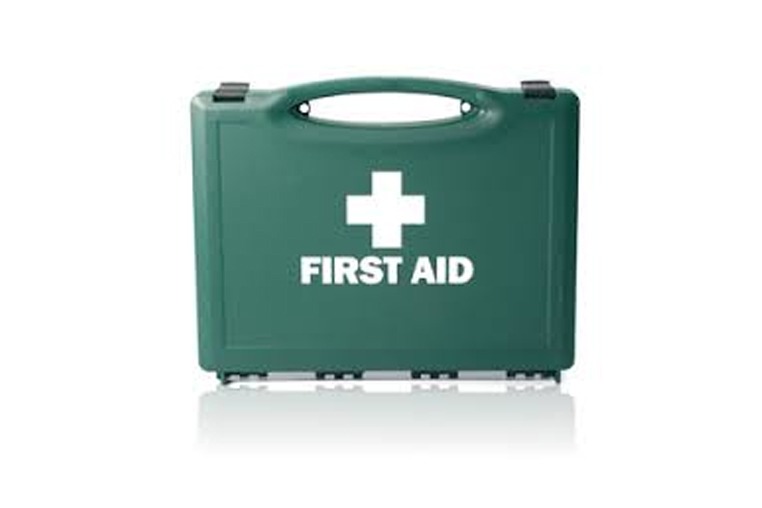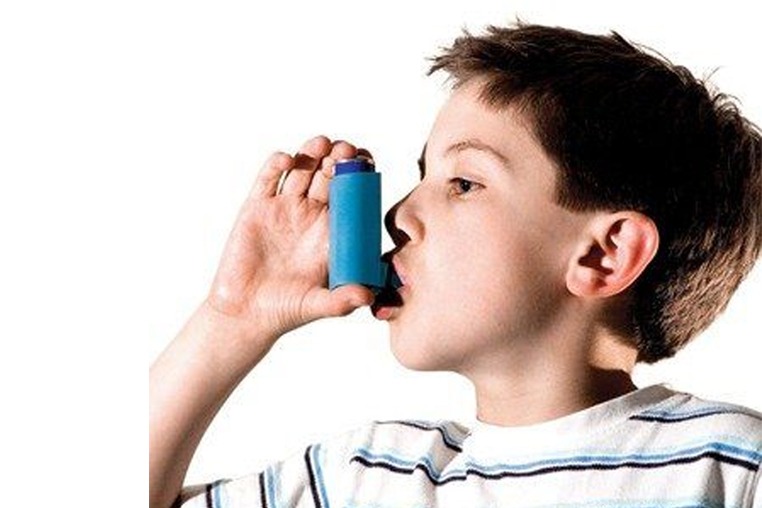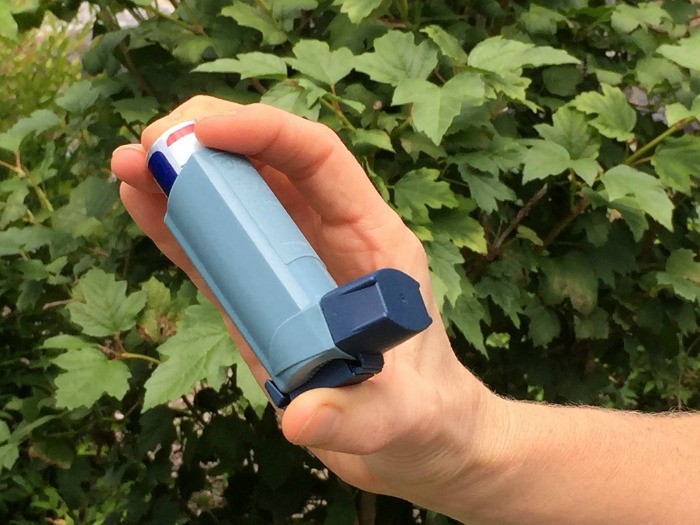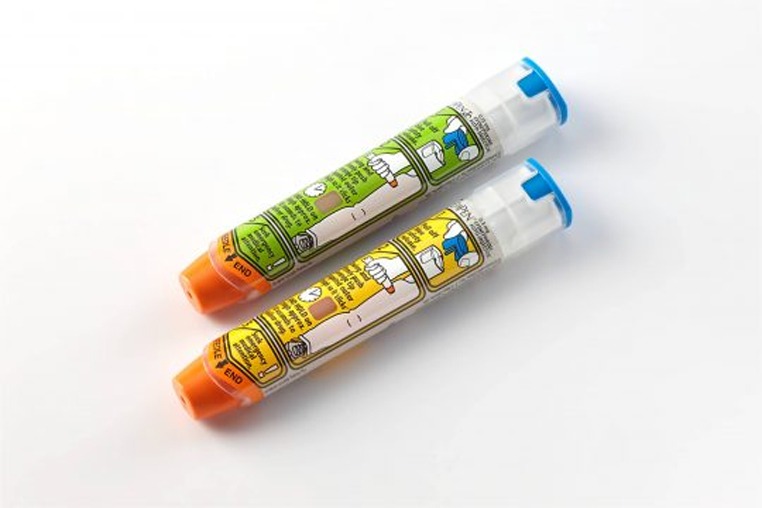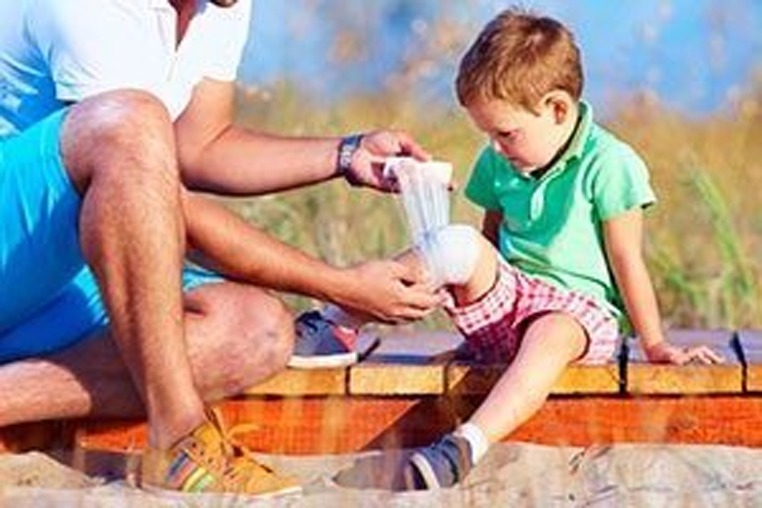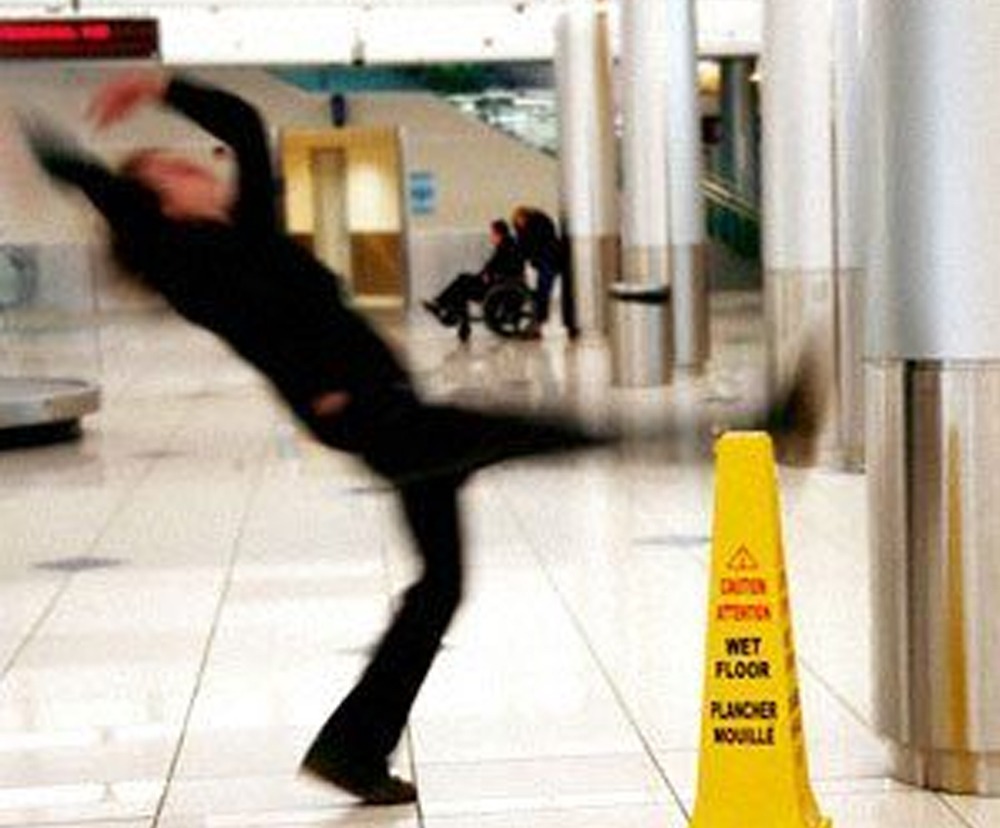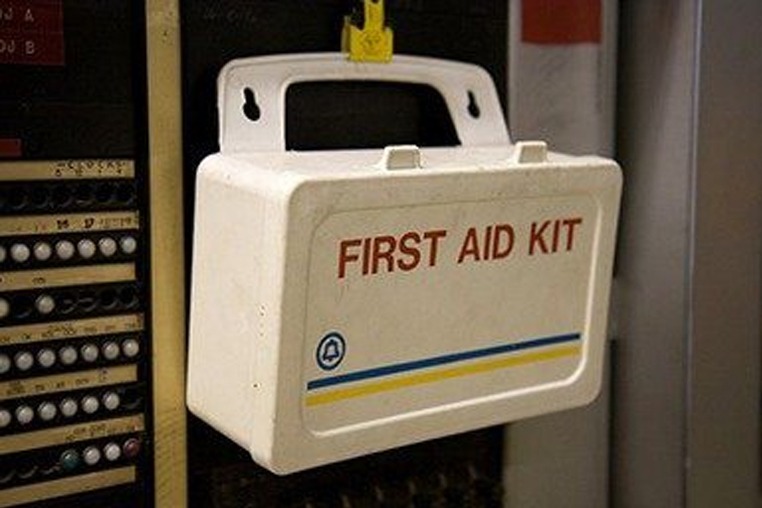First Aid Course in Canberra. Excellent Provider. Great Trainers. Nationally Recognised Training Certificate.
FOUR of Tasmania’s finest young first-aiders are off to national competitions in Victoria next year after outstanding performances in the St John Ambulance state cadet titles at Kings Meadows.
Launceston’s Lachlan Hindrum successfully defended his state Open Individual title, tending to the simulated injuries of two people involved in a mock explosion.
The Year 11 student will go to Melbourne next January for his second national appearance, having placed third in the previous Australian championships earlier this year.
He will be joined by Hobart cadets Aden Roberts, Alana Cornish and Angelina Welsh — Hussian who will represent Tasmania in the team event.

St John Ambulance state commissioner Carl Graham said the competitors were extraordinary young people who were willing to step forward and help save someone’s life.
Aged between eight and 17 years, the competitors from the state’s north, south, and north-west demonstrated their first-aid and patient-care skills in simulated situations.
“The simulated scenarios used in the competitions provide an opportunity for these dedicated young people to put their lifesaving knowledge and skills to practice,” Mr Graham said.
“St John Cadets and Juniors at the competitions have made a commitment to support their community,”
“Many of the young people demonstrating their skills … will become our health care professional and community leaders of the future.
“St John’s aim is to save lives by encouraging every home, workplace and car on the road to have someone trained in first aid in them.”

St John Ambulance Tasmania state cadet and junior competition results
Junior Individual: Ryan Dobson, Hobart Cadets
Junior Team: Ella Swan and Amelia Hughes, Launceston Cadets
Novice Individual: Rhyley Swan, Launceston Cadets
Novice Team: Tamzin Graham, Alisa Talbot and Bella Kings, Hobart Cadets
Open Individual: Lachlan Hindrum, Launceston Cadets
Open Team: Aden Roberts, Alana Cornish and Angelina Welsh-Hussian, Hobart Cadets


